This blog describes our experience of leaving the Rio Guadiana by boat and sailing west to Culatra, an island made entirely of sand. We spent 12 days anchored in a large pool on the inner side of the island.
If you’re interested in visiting Culatra, check out this blog: Escape to the Ilha da Culatra.
Anchored Down at Ayamonte
We’d reluctantly decided to push on with our boatyard plans for the winter and to make an attempt to get to Lisbon. Our first step was to get to Culatra where west winds would keep us for a few days. And so, at 08:00 on a cloudy morning, we lifted the anchor and rode the falling tide down to Ayamonte, passing under the bridge at low water.
When leaving the river, the advice is to go with a falling tide, as long as there is enough depth of water for crossing the sand bar. The tide was just turning to come in, so if we’d continued, it would have been against us all the way to Culatra. In addition, the forecast was for strong northwest winds in the afternoon. It made sense to wait until tomorrow morning, so we dropped the hook south of the bridge.
Our mood was flat, both in two minds as to whether we were doing the right thing.
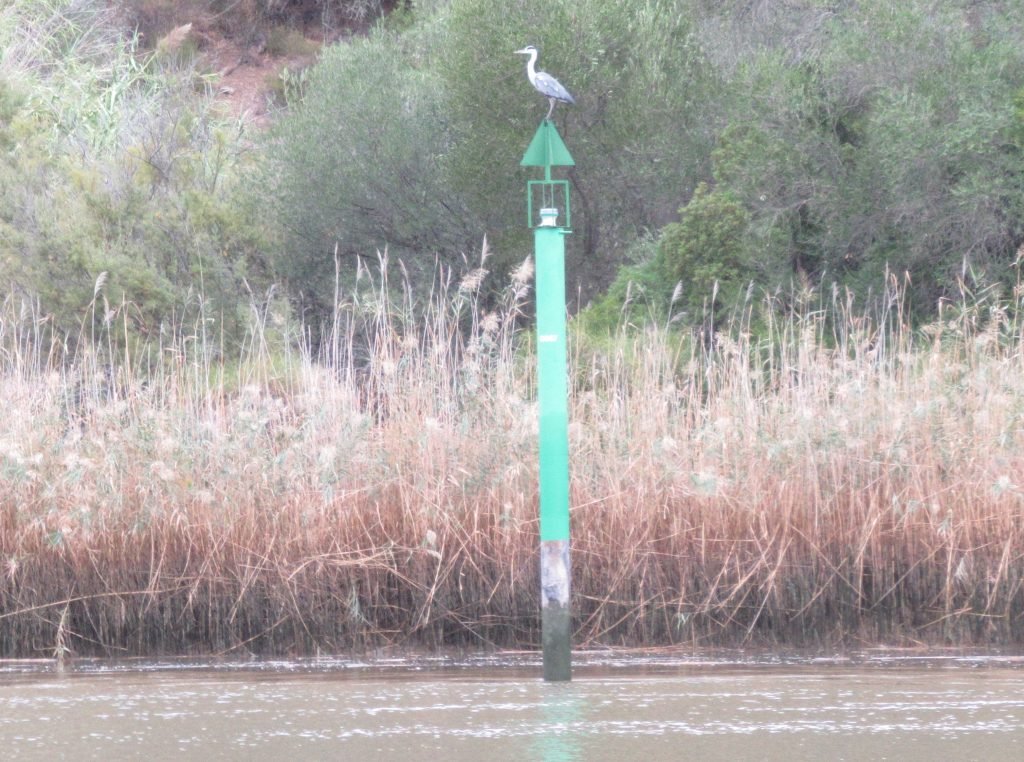
You Spin Me Right Round
Half an hour after we’d anchored, a little rain came over, followed quickly by the wind. It built rapidly to Beaufort F7, gusting to F8. Due to wind over tide conditions, short, steep waves were forming, slapping against Emerald’s side and rocking us uncomfortably.
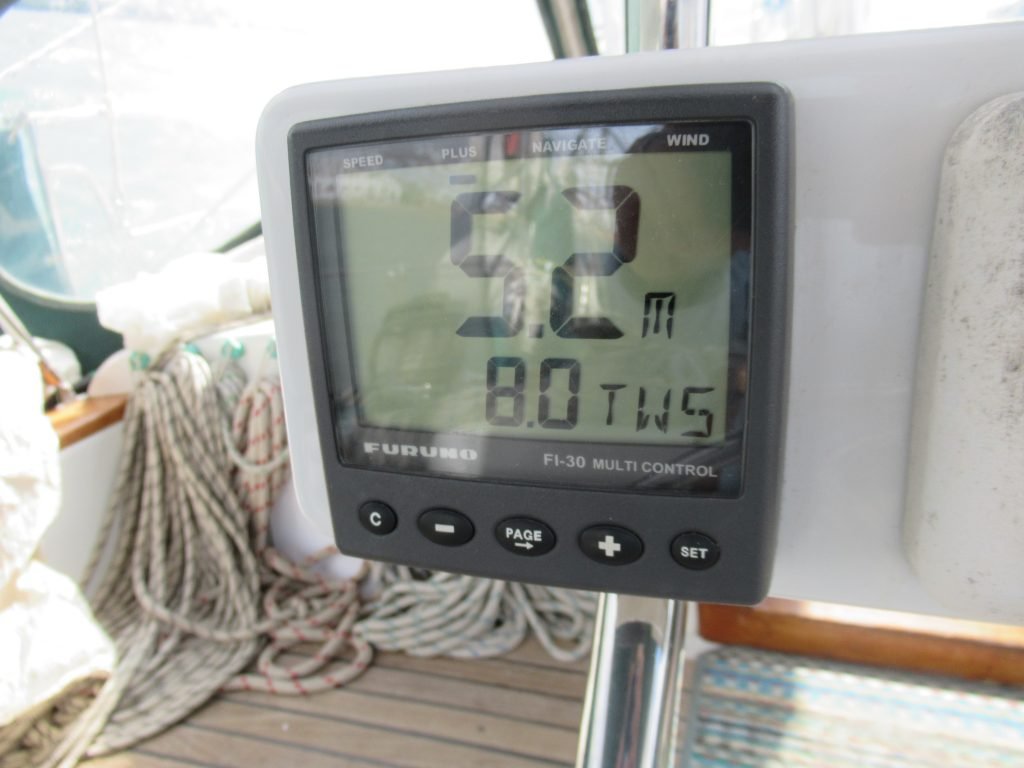
Meanwhile, wind and tide fought for control of us, spinning Emerald around in slow circles, or pushing her up over the anchor chain. The resulting sound of metal chain scraping against fibre glass hull was not a pleasant sound.
In addition, it was cold. Perhaps the weather sensed our low mood and decided to join in solidarity with us.
Eventually the tide turned and life on board settled a little. The elements were now from a common direction, and as a result, the waves eased a touch. It also meant Emerald now laid to a single direction. Subsequently, the anchor chain stopped scraping paint off the hull. The sun broke through and although it didn’t feel warm, it balmed our mood a little.
When darkness fell, the wind eased considerably and we slept soundly.


A Bash West to Culatra
The next morning we were up early to take as much positive tide west as we could. Once safely out across the bar, it felt good being back out in the open sea.
The wind forecast had given us hope of sailing, but in reality, the predicted north winds were closer to the northwest. We’ve tried to sail in conditions like this before, the result was very slow progress. With a deadline to make the entrance at Culatra before stronger west winds arrived, we reluctantly motored on.
The positive tide didn’t seem to be helping much with our speed, but when it turned against us, we could only make a sluggish 4kts. As the morning went on the wind backed further west earlier than expected, until it was right on the nose. The last hour towards the entrance to Culatra was a bash with a F5 wind against tide.
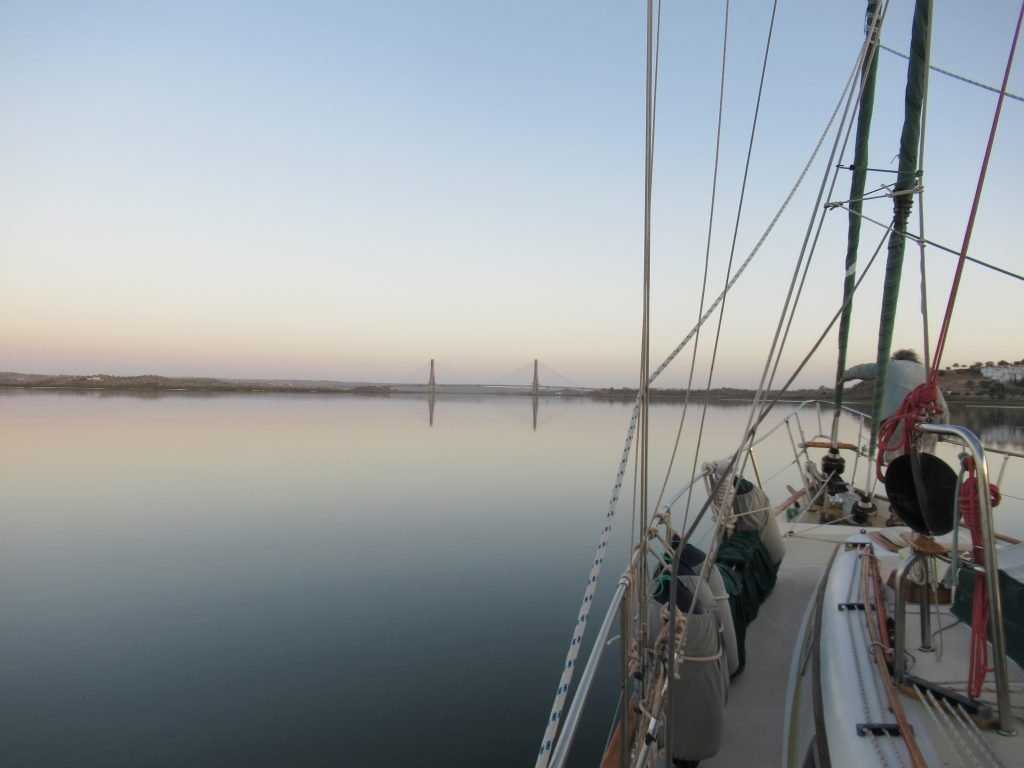
Hubble Bubble, Boil and Trouble
Along the eastern end of the Algarve, between Faro and Tavira, stretch many miles of barrier islands, made out of sand. Their shape is constantly changing at the whim of the sea and its currents. The power of these currents is visible in the narrow gaps between each island that link the sea and the sheltered lagoons behind. With each turn of the tide, many millions of litres of water are forced through these openings. The result is a boiling maelstrom of water, with swirling eddies and mini whirlpools. It’s mesmerizing to watch, the patterns look unreal. However, care must be taken to ensure your boat is not swept into shallow water.
We were aiming for the gap between Ilha Culatra and Ilha Baretta where a permanent channel has been constructed. Here, concrete breakwaters guide the way and lighthouses provide beacons in the dark.
It was a relief to turn into the entrance fairway despite the standing waves. The current scooped us up and swept us in past the breakwater doing 9kts. The tide eased but was enough to push us on up to the anchorage off of the village of Culatra.

Sand and Fish
Culatra is an island made entirely from sand. Hardy plants have taken root across large parts of it, but the landscape is ever-changing depending on the sea’s mood. There are two main villages of low fisherman’s huts, one at Culatra, the second at Farol, at the eastern end. A maze of paths run between the cottages. Despite the unfavourable soil, residents have eked out pretty gardens, many decorated with objects from the sea.
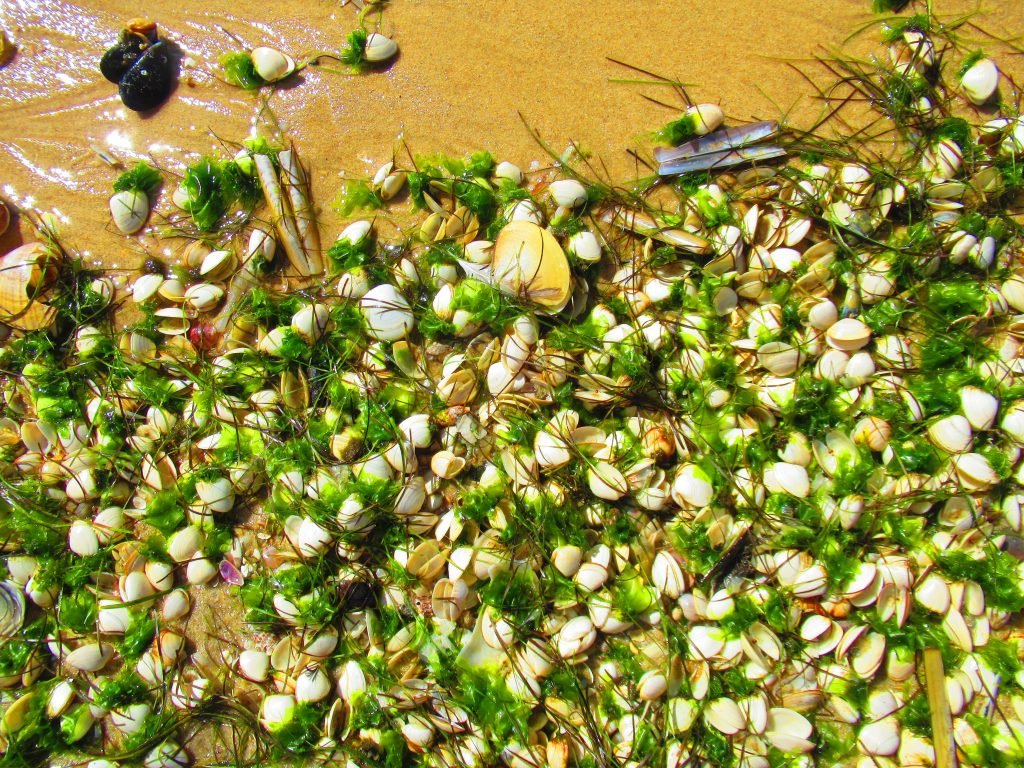
Fishing rules here. As well as the typical fishing boats, both small and large, there is a shellfish industry. At low tide, scores of people can be seen combing the exposed sand as they carry out the backbreaking task of collecting clams. Further out, the falling tide exposes oyster cages.
As well as humans, birds make the most of the available food, with long legged storks wading and pecking in the shallows.
During the summer, hundreds of tourists descend on the island, arriving on the regular ferries from Olhao. Now in October, it was pleasantly crowd-free.

Tractor Island
This was our third visit to Culatra, the first two visits bookending our winter in Lagos in 2013/14. (Visit one can be read about here, visit two, by clicking here) My enduring memory from then was of the tractors. I discovered it late in life, but I have a love for old tractors. It helps that I have the gift of pareidolia – seeing faces in objects. To me, each tractor has its own unique expression and of course, there was a favourite.
There are no roads or cars on Culatra, so the tractors make an ideal vehicle for delivering goods between the two main villages. During our walks, we’d follow their tracks through the soft, sandy landscape.









Busy, Busy
It was a busy week for us. We took many ferry journeys to and from Olhao for shopping supplies, boat bits, and doctor’s appointments. I’d been suffering from a vertigo type affliction ever since our overnight passage to Gibraltar. I’d thought it was due to a lingering ear infection, however, it turned out to have a surprising cause. A session with a physio who worked on my neck and shoulder muscles had me fixed and headache free for the first time in weeks. I’d been reluctant to head out into an Atlantic swell with dizziness and balance problems.
Still Undecided
Meanwhile, we were still scouring the weather forecasts. Having removed ourselves from the temptations of the river, we’d hoped to be able to make a more rational decision. Boatyard or winter in the river? The burning issues were:
- Could we delay the boat jobs? There were plenty of jobs we could get on with whilst in the water, however, the major boatyard ones were:
- Our antifoul was now 4 1/2 years old, would it last another 6 months? Due to using alternating colours, we could see we were still only on the second layer out of three. It might need an in water scrape come the spring but it would easily last the winter.
- The topsides of the hull need painting. But if we wanted to have a winter in the river, it was better to paint after the winter. Imagine a gleaming, freshly painted hull. Now imagine that hull being scraped by the anchor chain as we experienced at Ayamonte. Not a pleasant thought.
- Covid: news of increasing Covid cases in the Lisbon area had caught our eye. How would it be to be stuck in a boatyard during a lockdown?
- Was the boat prepared for a winter at anchor?
- yes, in terms of comfort, especially as we have a Refleks heater for the cold days, and plenty of storage to stock up on supplies.
- What about safety? Our concern here was for the anchor chain, badly rusting and in desperate need of replacement. Colin had researched a preferred chain along with a supplier in the UK. But we needed something quick. We contacted local chandlers, including Ayamar at Ayamonte. The stars were aligning in our favour: not only could they supply the same chain, but it was also a good amount cheaper. Plus, they’d have it within 3 days.
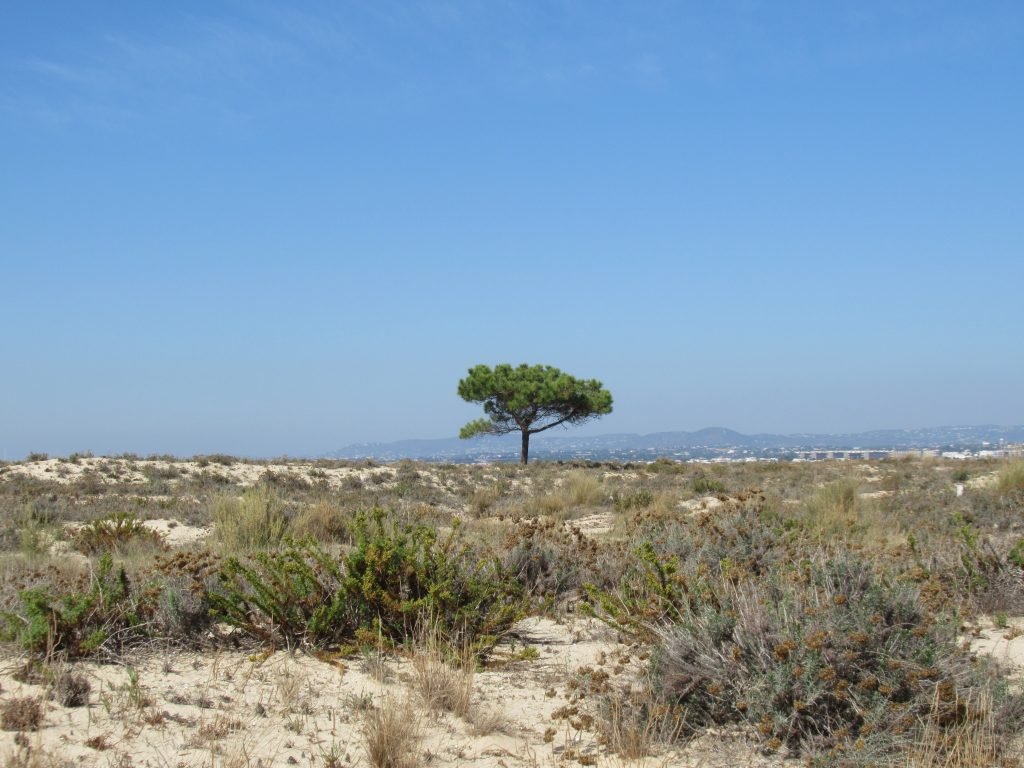
Time to Make a Decision
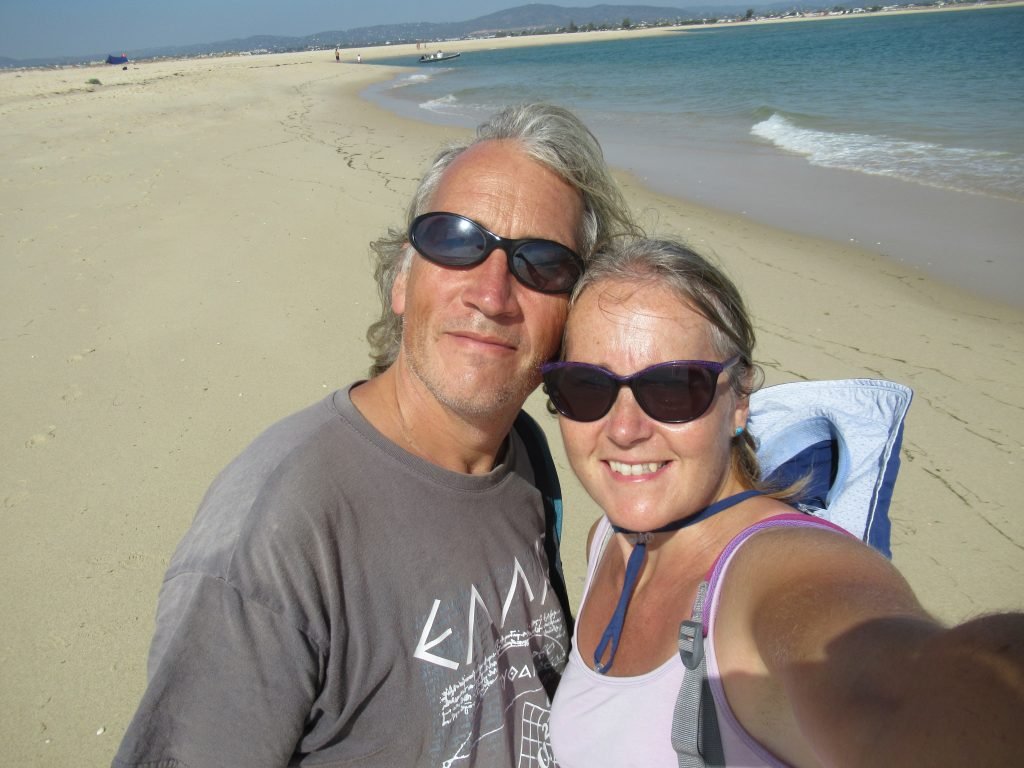
We dinghied over to the island and took a long walk out along the boardwalk before heading east on the beach. Sandpipers skittered along the gentle surf edge. We talked through our options.
The result: both of us were happy to return to the river.
Culatra’s Beautiful Sunsets
On most evenings, the sky treated us to a spectacular sunset. This was one thing we’d missed up the river, as the rolling hills limited the effect of the setting sun. Down here, we had wide, open skies.
With pressures removed, a few fun days followed whilst we waited for the anchor chain to be delivered. We completed a circumnavigation of the island in several parts. Evenings were spent with a cold drink to hand as we admired the amazing sunsets. We also thought through what might be useful for the winter, making the most of Olhao’s stores, buying more water cans and an extra petrol can.

Time Zones are Complicated!
The new chain had arrived. After a trip up to Faro to check on a friend’s boat, we positioned ourselves just inside the breakwater, ready for a first light departure to Ayamonte. A flaw in the plan had presented itself – the chandlery didn’t open at weekends and closed at 15:00 on weekdays. It was Friday; if we didn’t go now, it would be Monday before we could collect the chain, right when the forecast was for rain and wind.
We had a 30nm journey to make. The marina office closed at 14:00 and we needed to get a pass for access in and out of the gate. We also had to factor in the need for sufficient depth of water at the marina entrance, so we planned for a half-tide arrival, around 13:00. Then we realised we’d mixed up our Portuguese tide times with Spanish time and lost an hour from our planned schedule. We warned the chandlery that our timings were tight and they kindly offered to remain open for as long as we needed. The pressure eased a little.
Why the rush? With a storm forecast for the start of the week, we preferred to be back up river where there would be better shelter.




A Sunrise Departure from Culatra
With the barest hint of light along the eastern horizon, we picked up the anchor and the tide swooshed us back out to sea, with fishing boats over-taking us.
The day warmed up nicely, and dolphins briefly came for a visit. If ever we needed validation we were doing the right thing, a visit from dolphins gave us it. Unfortunately, the wind was playing up, sending an easterly to eat away at our SOG. Thankfully, it eased as the morning went on.
A little behind on time, we made it safely into the marina and drove straight alongside a finger pontoon. Stage one was complete, now the most difficult phase of Operation New Anchor Chain could begin.

Sailing Info
3rd October: Ayamonte to Culatra – 34nm
Anchored in sand, in position 37 00.019’N 7 50.438’W
15th October: Culatra to Faro to Entrance – 10nm
Anchored in sand, in position 37 58.267’N 7 52.328’W
There is quite a current in this location, however the holding was very good.
16th October: Culatra entrance to Ayamonte Marina – 31nm
Berthed on finger pontoons

The Social Media Bit: Want to Follow Us?
If you’d like to follow us on other social media platforms (Facebook, Instagram and YouTube), you can do so by using these links:
Or use the link below to track our voyage on NoForeignLand.com.
And finally, you can sign up to receive email notifications of new blogs using the subscribe box at the bottom of this page.
Thank you from Nichola & Colin


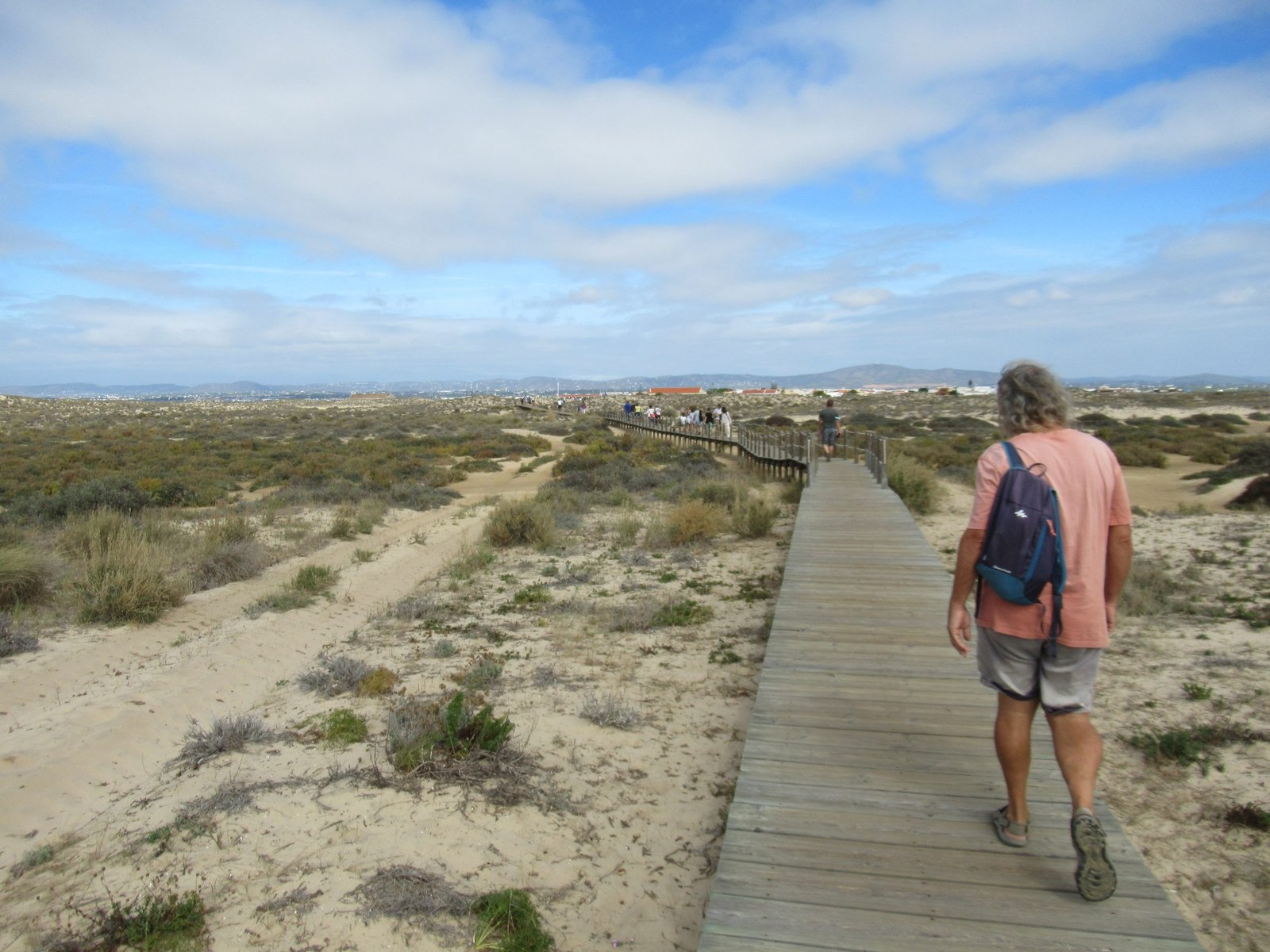
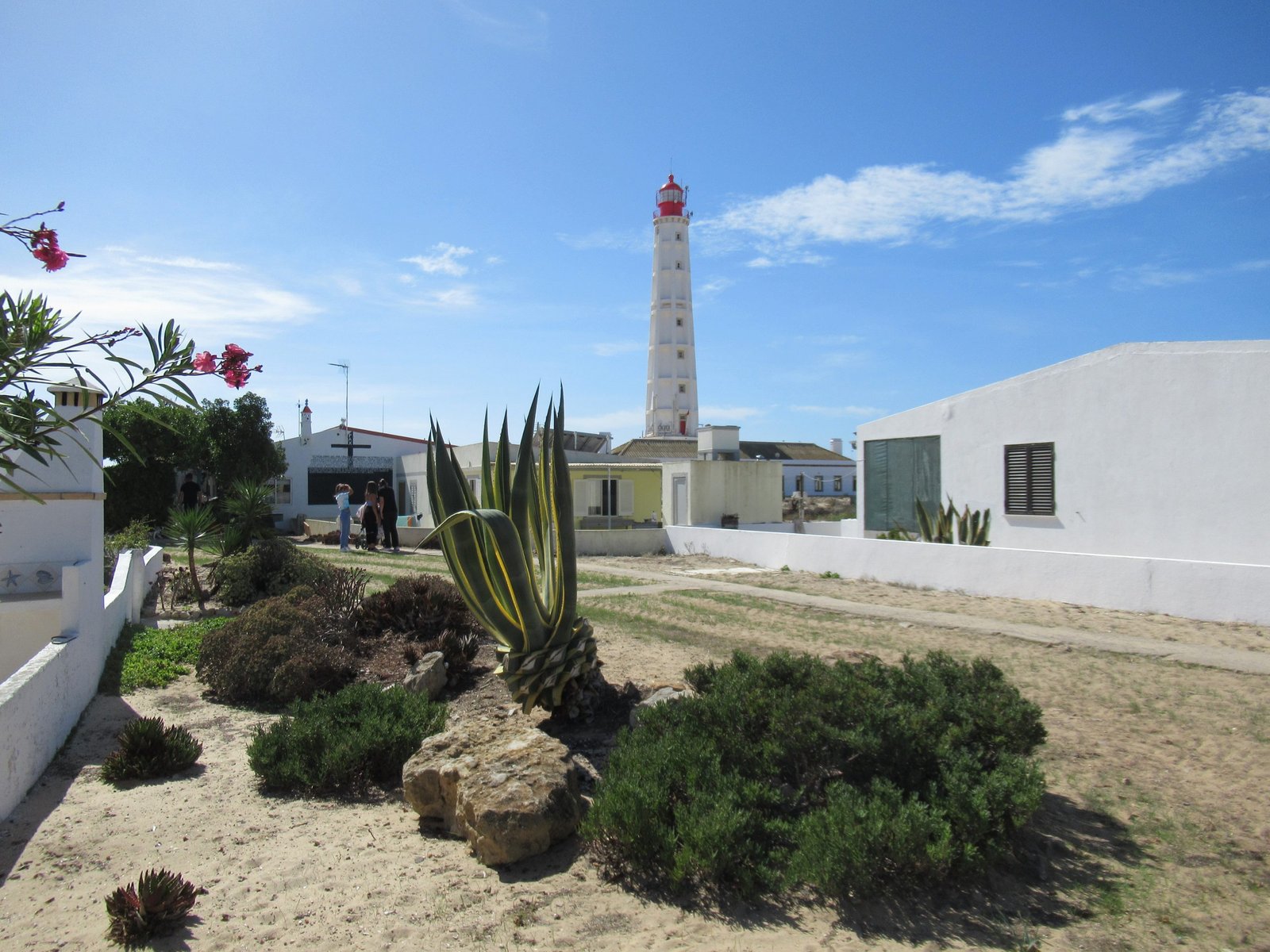
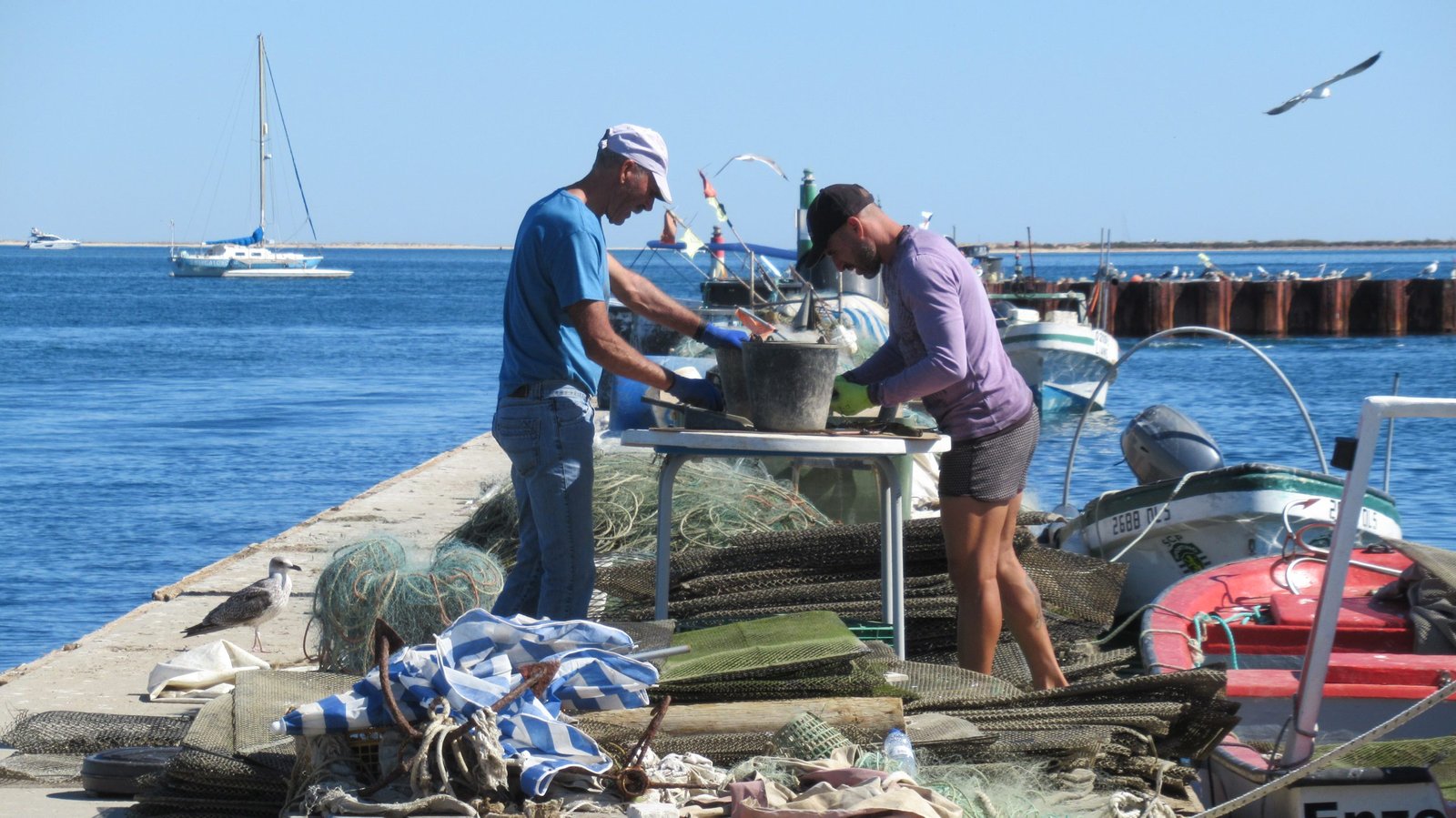
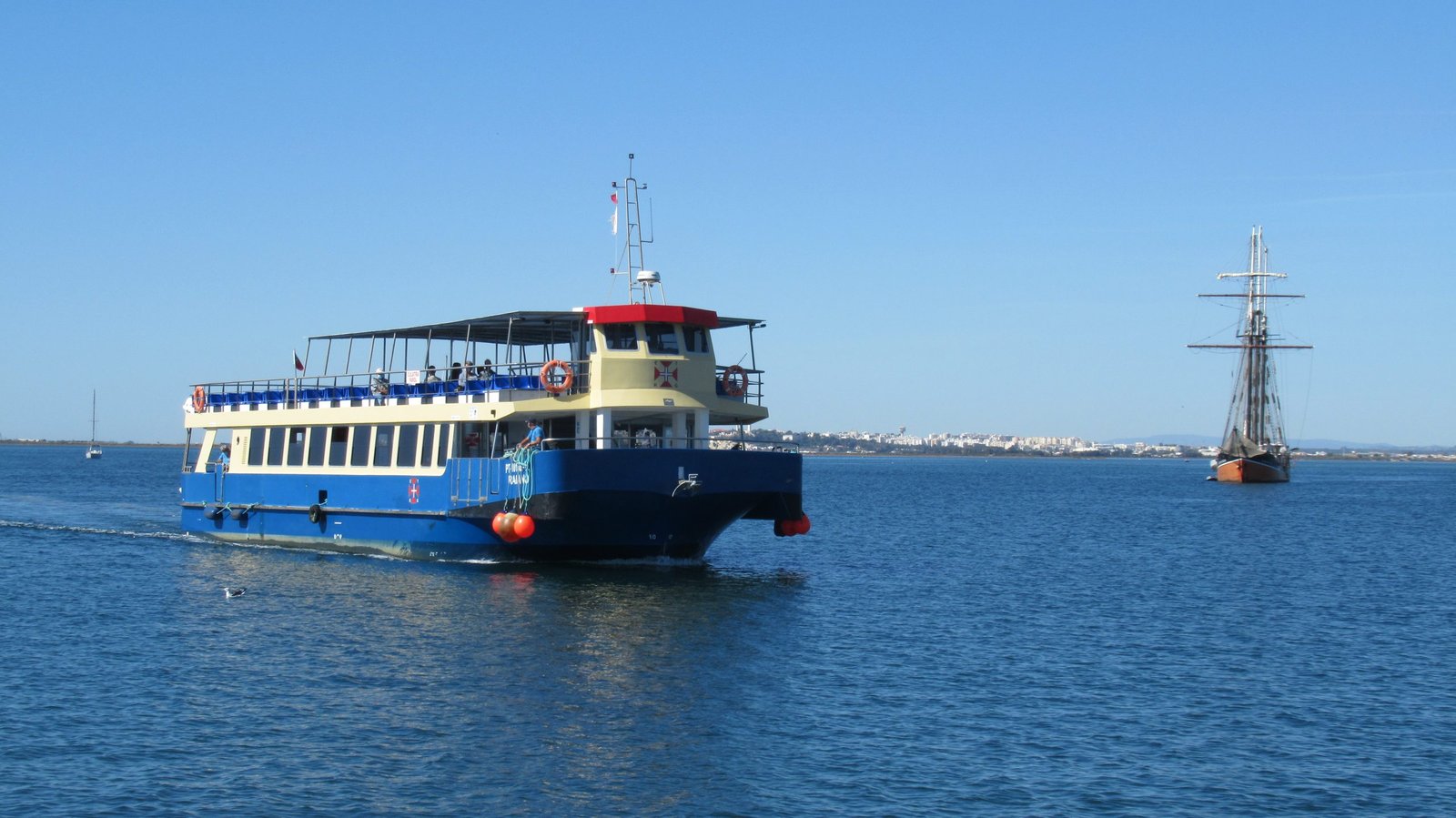
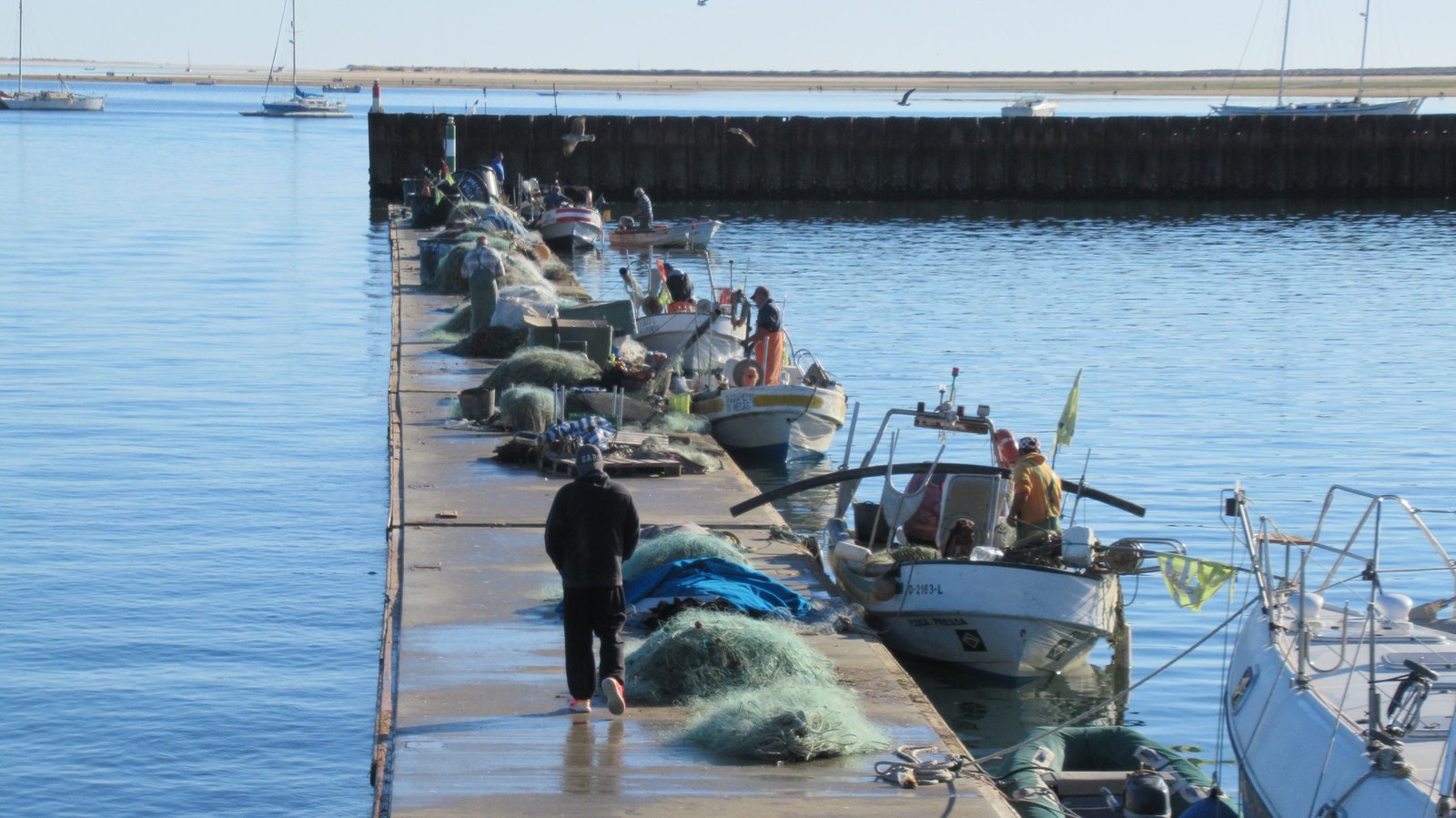
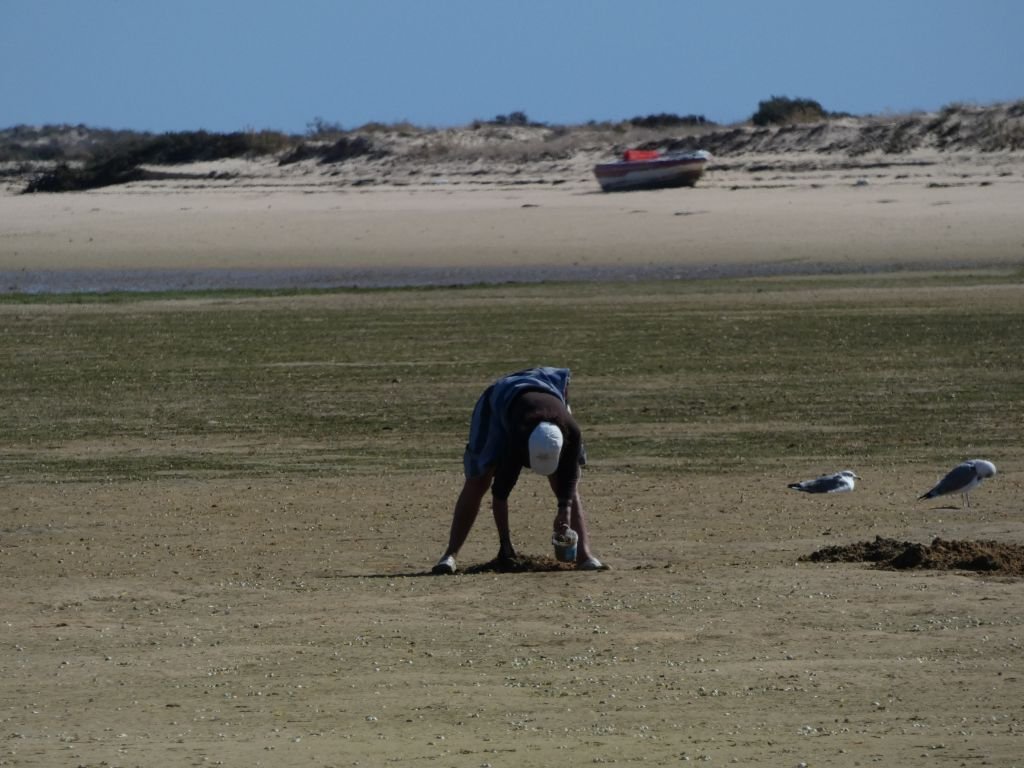
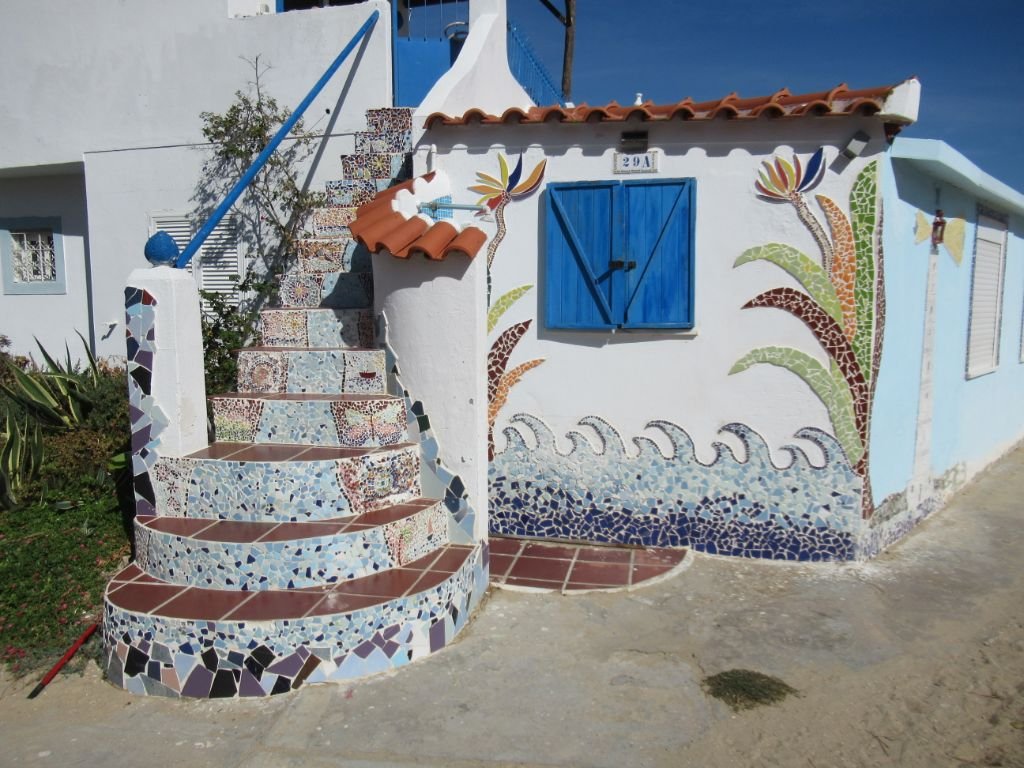
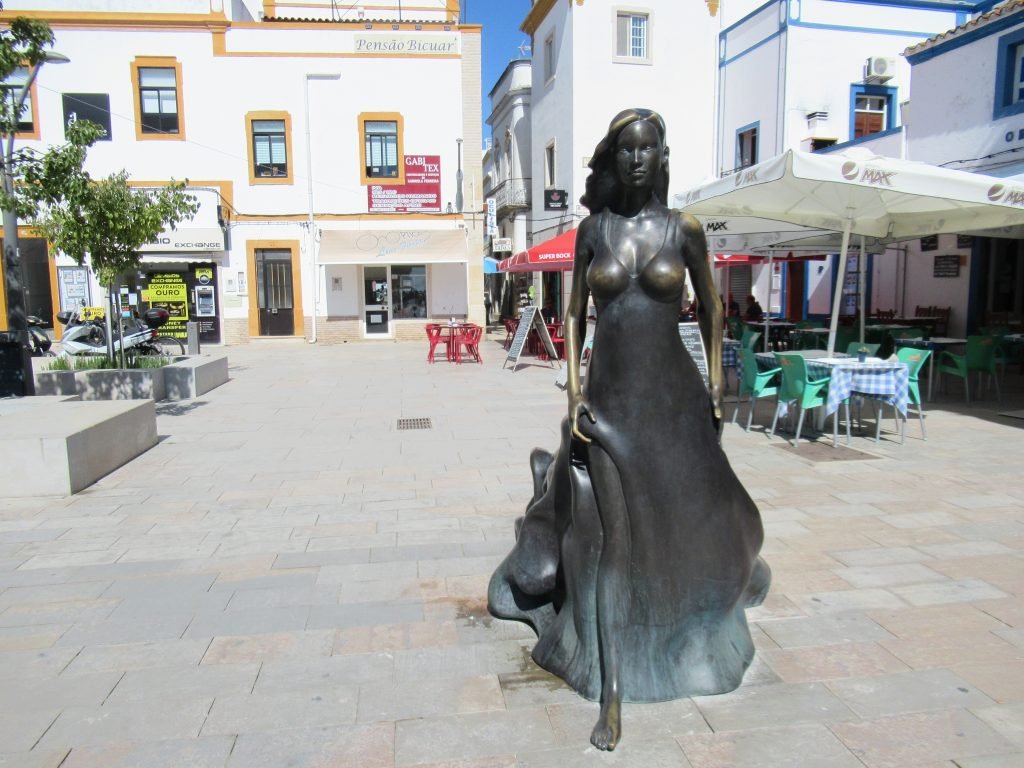
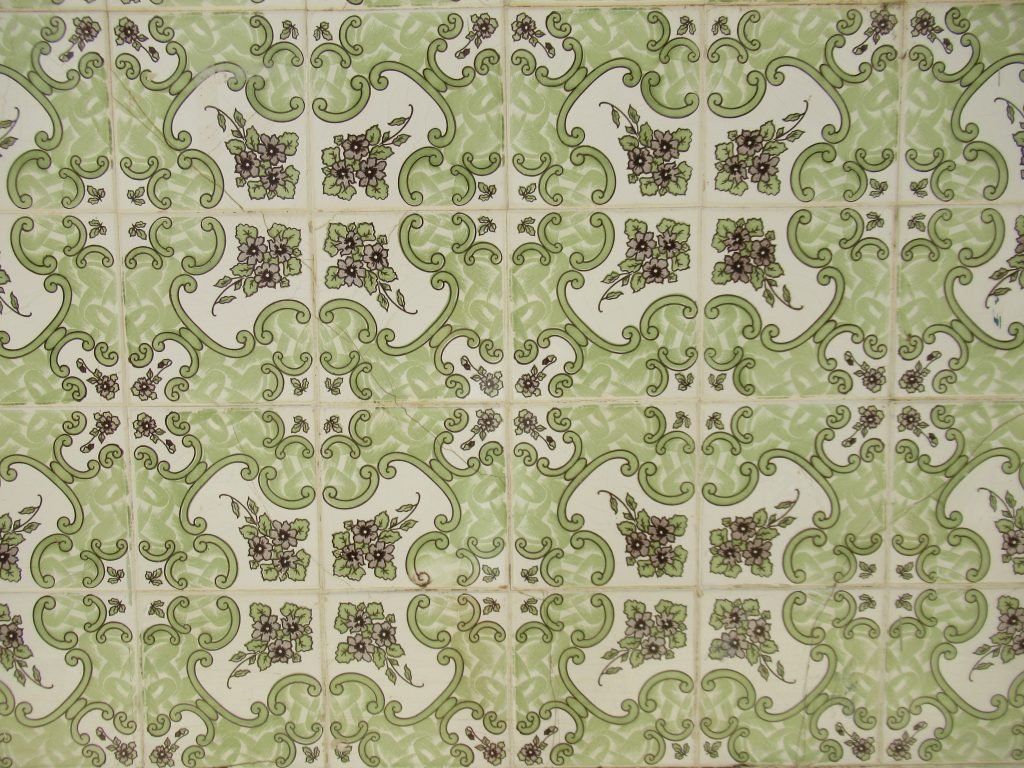
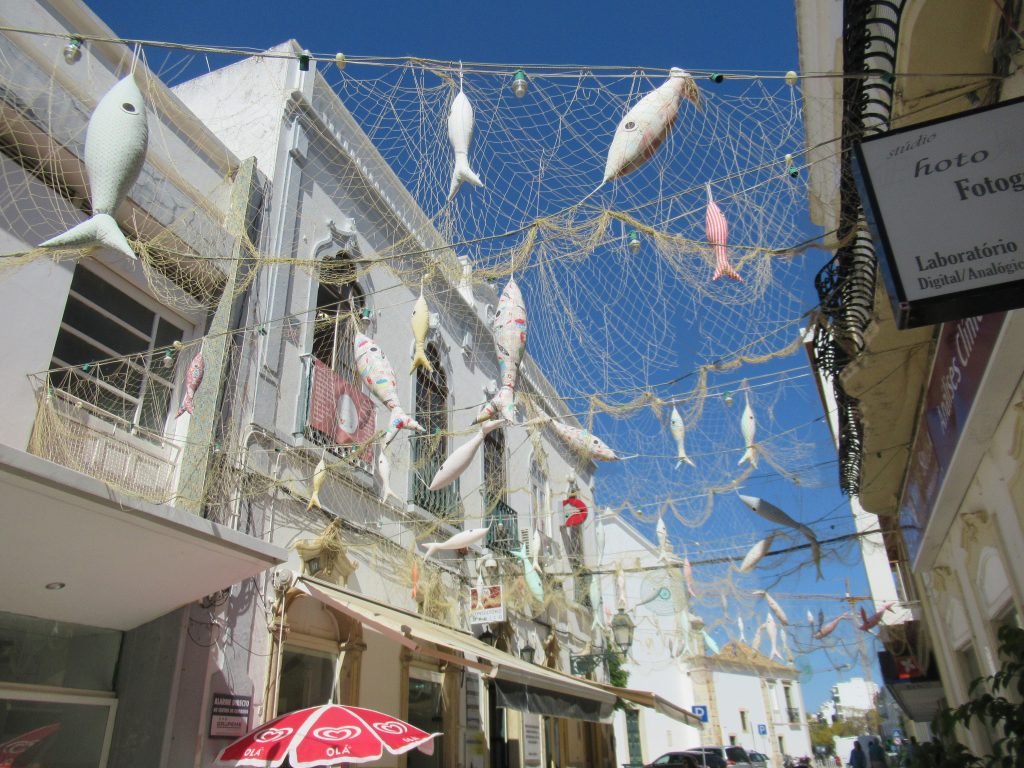
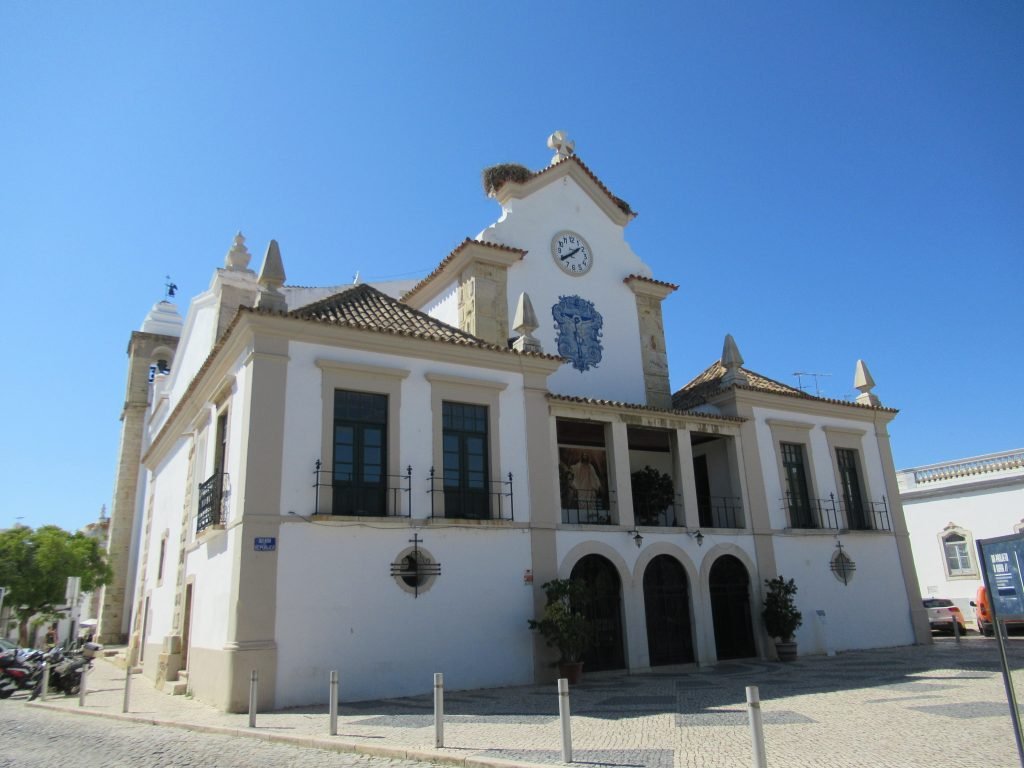

I know the area indirectly (read: from Googlemaps) having followed Holger Karsten Schmidt’s = Gil Ribeiro’s (German language) crime novels of the ‘Lost in Fuseta’ series … a unique landscape!